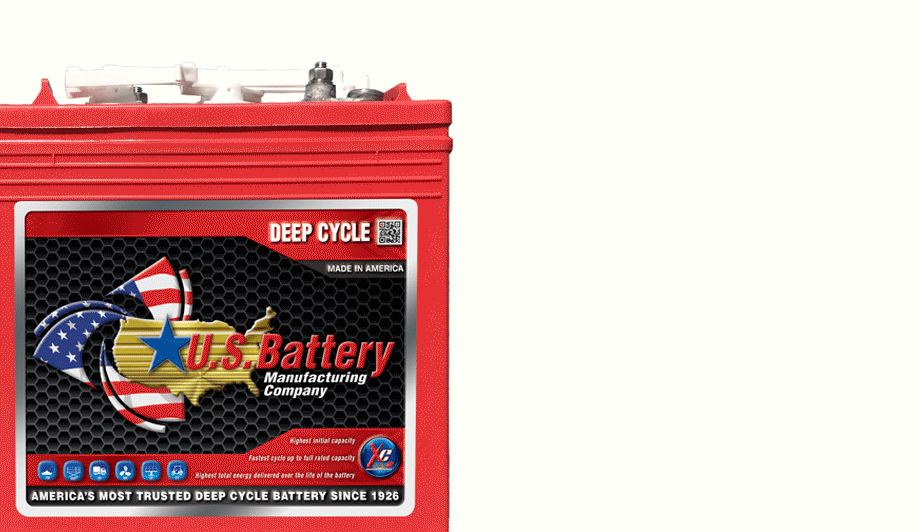Battery power has come a long way since being introduced more than 200 years ago. Today, there are batteries for just about anything that requires portable power options. Because of this, many industries have adopted deep-cycle battery power to operate vehicles and machinery more efficiently and to improve their environmentally conscious footprint.
President Biden brought this to the forefront during his State of the Union Address, where he spoke of his desire for a clean energy future. In response to the speech, Roger Milksad, executive vice president of the Battery Council International (BCI), a non-profit trade organization representing the U.S. battery industry, said, “The recently enacted Bipartisan Infrastructure Law and Inflation Reduction Act provides much-needed support to further the growth of our industry. The lead battery manufacturing industry across North America, has an annual manufacturing capacity of over 206 GWh, delivering batteries critical to enabling a clean energy future.”
Many industries have adopted the use of batteries to power vehicles and equipment, as well as for energy storage, and to further help push towards clean energy operations. For example, the golf car and EV industry are some of the largest users of deep-cycle batteries. These vehicles are for everything from navigating around in massive warehouses to being used throughout entire communities and golf courses globally. Battery-powered floor cleaning machines are the preferred equipment in the cleaning industry. In the access lift industry, battery-powered lifts and cranes are more compact and maneuverable, answering the industry’s call for increased worker safety.
If you include the Transportation, RV, and Marine industries, along with the growing energy storage needs of renewable energy sources (where deep-cycle batteries are used) battery manufacturing has an enormous impact on the global economy. The battery industry in the United States alone contributes $26.3 billion to the economy.
Today, various battery types allow these industries and individual customers to choose the best battery for their specific budget and application. Flooded Lead Acid batteries (FLA) continue to be the most cost-effective form of deep-cycle battery power, while Absorbed Glass Mat (AGM) batteries have reduced maintenance and will not leak. FLA and AGM batteries are also almost 100 percent recyclable. They offer a sustainable energy source that helps many industries lower their carbon footprint on the environment. Lithium-Ion batteries combine efficient and long-lasting power with minimal maintenance but with a high upfront cost and restrictive recycling options. The advanced technology integrated into Lithium-ion batteries, however, moves them into the “smart” category for batteries. Their built-in battery management systems enable them to control charging and discharge rates to conserve power, prevent overheating, communicate with equipment, and maintain maximum battery longevity and efficiency.
The next time you change the batteries in your golf car, forklift, RV, or any other battery-powered vehicle or equipment, remember that you are part of a growing movement towards electrification that is powering the world towards a more sustainable future.


2 Responses
I have 4.ea US12VAX with K 20 stickers on each ,used on 07 club car for daily local pleasure carting, new charger with purchase of batteries,they wont start batteries to charge,checked charger it’s. Ok is there any warranty on these now,would like a answer soon need to replace asap
Hi James,
K20 sticker was put on by the retailer that sold the batteries. That would mean they were sold in November 2020 or 2.83 years old from date of sale. The warranty code on the batteries is probably older. Either way, they are out of warranty.
Before buying new ones, our engineers recommend checking them along with the charger using our Technical Service Bulletin:
Technical Service Bulletin – Battery Pack and Charging System Problem Diagnosis and Corrective Actions
You may find that the charger is not working properly because the batteries are too low in state of charge for the charger to start charging. This can be corrected by first charging the batteries individually to bring them to the minimum voltage required for the charger.
Best,
-Mike Wallace, V.P. of Marketing